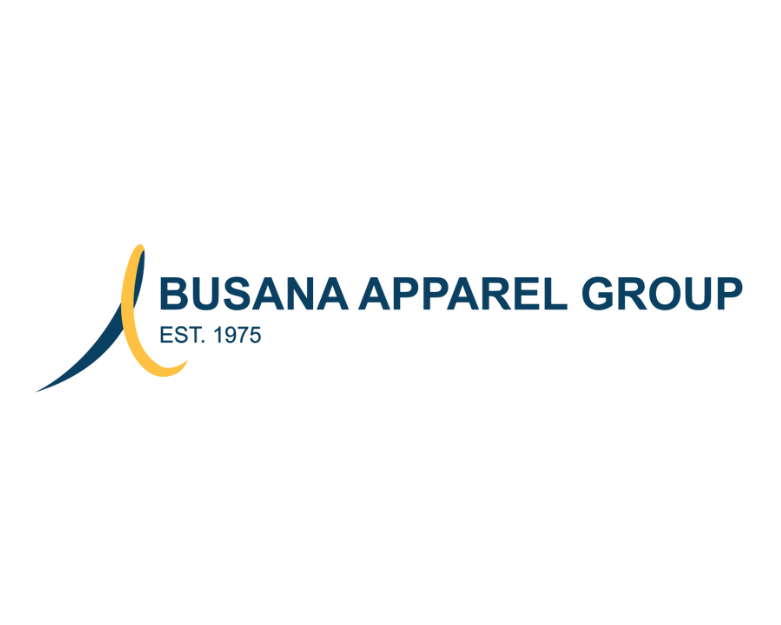Innovation for Sustainability
H&M’s integrated sustainability strategy bridges environmental innovation and social responsibility—positioning the brand as a key driver of scalable change toward circularity and inclusivity in fashion.
Adressing Climate
2030: Reduce absolute scope 1, 2 and 3 greenhouse gas emissions by 56% against a 2019 baseline.*
Progress 2024: 41 % reduction in scope 1 and 2 emissions and 24% reduction in scope 3 emissions.
2040: Achieve net-zero by reducing absolute scope 1, 2 and 3 emissions by least 90% against a 2019 baseline, and balance out any remaining emissions with permanent carbon removals.*
*Verified by SBTi
Recycled Materials
2025: 30% of materials sourced for commercial goods to be certified recycled.
Progress 2024: 29.5%.
2030: 100% of materials sourced for commercial goods to be either recycled or sustainably sourced.
Progress 2024: 89%.
Chemicals and Water
2030: 100% of chemical inputs in tier 1 and 2 production factories comply with ZDHC’s Manufacturing Restricted Substances List.
Progress 2024: 97%.
2025: Reduce absolute total freshwater use in tier 1 and 2 production factories by 10 % against a 2022 baseline.
Progress 2024: 9.5%
Fair and Equal Workplace Across the Value Chain
H&M ambition is to respect human rights across our value chain.
Annual increase in % of supervisors in our tier 1 production supply chain that are female.
Progress: 2024 – 25%, 2023 – 27%, 2022 – 27%, 2021 – 28%, 2020 – 24%.
Annual increase in % of worker representatives in our tier 1 production supply chain that are female.
Progress: 2024 – 65%, 2023 – 63%, 2022 – 63%, 2021 – 62%, 2020 – 59%.







